Semi-acoustic guitars can often be a source of confusion and misconception. How’s a hollow body different from an acoustic? Can you play rock on a semi-hollow? What styles are hollow bodies even good for? Are chambered and semi-hollow guitars the same thing?
Today we’ll do our best to set the record straight on the differences between fully hollow body and semi-hollow body guitars, taking a look at things like how they play, what they sound like (in a general sense at least), where they come from, and in which genres you’ll most often find them.
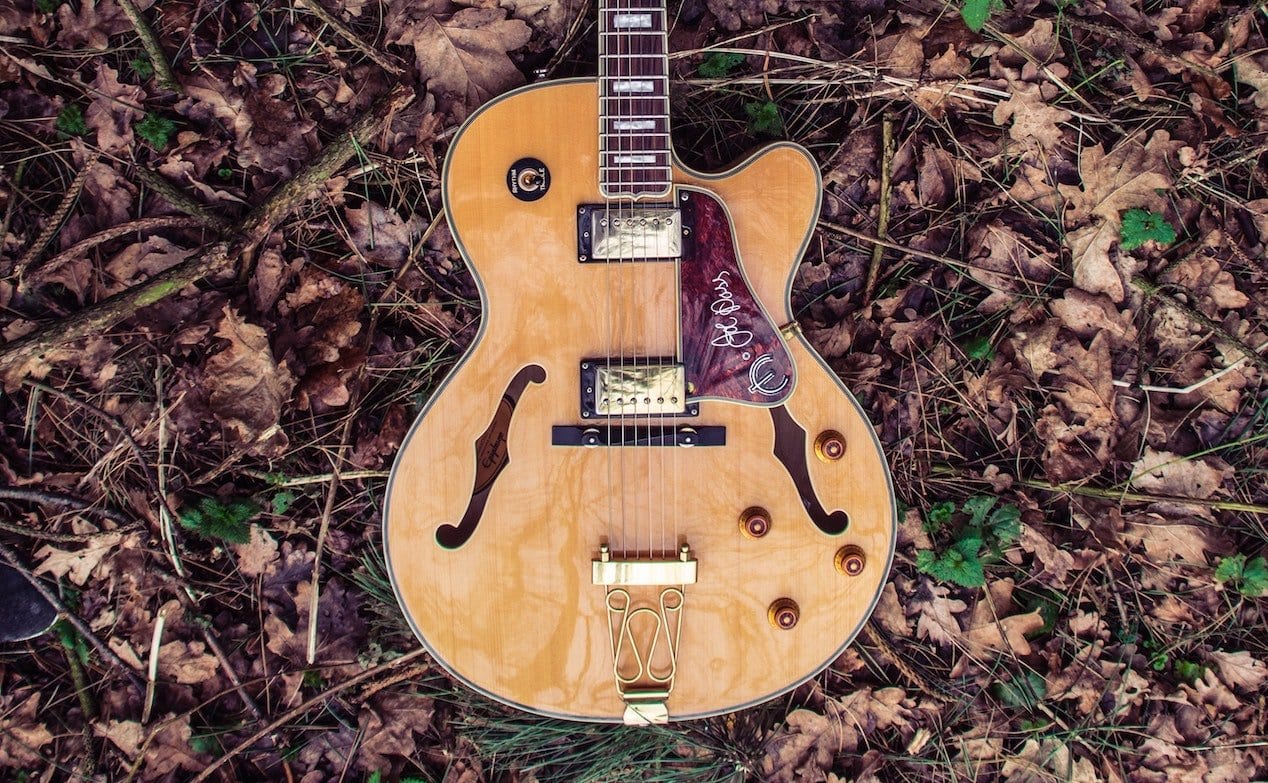
Hollow vs. Semi-Hollow Guitars
What Are They?
Though you may not be aware of it, you’ve doubtless heard these guitars before. From B.B. King to the Beatles to the Smiths, Elvis, and U2 too, these are guitars that have had a prominent place in many genres in all eight decades since their creation.
But what exactly are they?
In your tenure as a musician, you’ve probably noticed our community can’t get a hang on its slang, which is maybe the leading cause of confusion regarding the hollow and semi-hollow guitars.
You might hear them referred to as—to varying degrees of correctness—semi-acoustics, archtop electrics, jazz boxes, electro-acoustics, or chambered body guitars.
For simplicity’s sake, I’ll be calling them hollow bodies (or hollow body guitars) and semi-hollows (or semi-hollow guitars/electrics). Together, I’ll call them semi-acoustic guitars.
So, now that we’ve set the terms, let’s talk about what they mean:
Hollow Body Guitars
Between the two, hollow bodies are most similar to—despite some key differences—traditional acoustic guitars. The likeness was much more obvious in the earliest hollow body models, as these first hollow body electrics were actually archtop acoustics with added pickups.
Construction
Nowadays, there are hollow bodies that are built as thin as solid body electrics, so it’s not exactly true to say that a hollow body is an acoustic guitar with pickups. What is more correct is to say that hollow body guitars are, well, hollow. They have no solid center block running down the middle of the body.
To put it simply as can be, these are pickup-powered guitars with bodies that are hollow. Outside of that, there are many variables in this class of instrument.
They differ from acoustic-electric guitars in several ways. More often than not, hollow body guitars have arched tops, whereas the typical acoustic-electric is flat-topped. With the archtop construction comes the exclusion of the round soundhole.
Most hollow body guitars have F-holes—or similar narrow-cut soundholes such as the “Cat’s Eye” shape—while some, like the Eastwood Airline Casino, have no soundhole at all.
This lack of a round soundhole means that the pickups, which might be single coil, double coil, or bar-style, can be installed onto the top of the guitar, opposed to the typical piezo or soundhole-mounted pickups of acoustic-electrics.
Hollow bodies often have adjustable bridges, vibrato tailpieces, and necks that attach to the body at a higher fret than the acoustic norm.
Playing Feel
There’s so much variation among the many hollow body models that there’s really not much in the way of common playability we can talk about, but let’s give it a go.
The first hollow bodies were simply Gibson archtop acoustics equipped with Charlie Christian pickups. Originally based on the Gibson L-50, these were big-bodied guitars with thick, V-shaped necks.
Later came the models sporting streamlined single- and double-cut body shapes with slimmer necks and modernized playing feels like the Gretsch 6120 and the Epiphone Casino.
Contemporary hollow bodies are generally divided into two distinct categories. There are reissues and guitars inspired by the classic models, and then there are new modern takes on the concept. Guitars like the PRS SE Hollowbody II, the Hagstrom Tremar, and the entry-level Ibanez AF55, combine the most recent fast-playing neck profiles, present-tech pickups, and slim bodies with the vintage resonance of hollow body design to craft an irresistible blend of modern technique with historic tone.
So, depending on the model you choose, the playability of a hollow body could range from the clunky, traditional “baseball bat” neck to slim, modern profiles built for speed and comfort.
Sound
Again, any specifics aside from the construction fundamentals of semi-acoustics are really difficult to elaborate on due to just the sheer number of different factors at play among the various models.
The pickups, body depth, tonewoods, bracing style, and more determine the way any particular guitar will sound. So, rather than abstractly describe the tone of a general hollow body, it’s probably best that I compare this class of guitar to the more common types.
In this way, I can tell you that a hollow body will typically have a more prominent mid-range than an acoustic. Whereas the tone of an acoustic could be described as more round and open, a hollow body will sharpen this up just a bit to shape a voice that’s focused and semi-brilliant. They’re said to cut through the mix of a band more sharply than the rotund voice of flattop acoustics.
Plugged in, your power obviously depends on the axe’s pickups. Whatever the pup situation may be, there are a few ways we can generally contrast hollow and solid body guitars.
Hollow body electrics will lack a lot of the clarity and sustain of solid bodies, especially in the low end. While hollow bodies do deliver some fairly crystalline highs, they’re never as glassy as solid bodies.
They’re much warmer and earthier than solid body guitars, and many have a bit of low-tension string jangle you’ll have to account for in your technique.
Last but not least, you’ll notice that hollow body guitars give way to feedback reallll easily. If it weren’t for that, we may never have even invented solid bodies. This is one of hollow bodies’ most damning qualities, as it can greatly cut back on your volume and overdrive potential.
Genres and Artists
The genres that hollow body guitars perform well in directly correlate to how much overdrive is required for the style.
Jazz guitarist Charlie Christian was the first to popularize hollow bodies. His many performances on the original Gibson models set the stage for hollow body electrics to be the preferred guitar among jazz musicians.
Hollow bodies also caught on quick among rockabilly, blues, and country players, their warmth and resonance carrying these styles with amplified fortitude.
Early on, classic rockers like Chuck Berry, Scotty Moore, and Paul McCartney carried hollow bodies into the realm of rock’n’roll, a trend which has continued through the likes of Bono, Jack White, and Billy Duffy.
Today, you can hear hollow body guitars in the hands of pop idol Lady Gaga, jazz guru Pat Metheny, ska-punk’s Tim Armstrong, and many more across a wide array of genres.

Semi-Hollow Body Guitars
Semi-hollow guitars try to find the common ground between the compact, pushy, feedback-resistant tone of solid body electrics and the open, ringing, warm voice of hollow bodies.
Construction
To accomplish this solid:hollow compromise, semi-hollows literally have the two meet in the middle, joining hollow wings with a solid center block.
First commercialized in the late 1950s, semi-hollow electrics were designed with the sleek dimensions of the hottest solid guitars in mind. They’re relatively tight-waisted, lightweight, and rarely over three inches in depth.
The center block is the real defining feature of this six-string category. It’s to this block that the bridge is mounted on. By cutting down on the resonance of the guitar’s top and stabilizing the bridge, the center block deadens feedback. It reduces both string vibration (harmonic feedback) and the effect of the body’s vibrations on the strings (acoustic feedback).
I know the term center block calls to mind just a brute section of plank glued inside a hollow body. This is, actually, sometimes the case. The original semi-hollow, Gibson’s ES-335, was essentially an ES hollow body with a two-by-four screwed into the middle.
Since then, different brands have developed a grand assortment of center block styles, which are now often simply cut from the body blank at the same time as the back of the guitar.
Sometimes, the center block runs the entire length of the body. Other times, it may be focused only under the bridge. Still yet, some center blocks are segmented or styled in some way believed to enhance some aspect of the guitars’ tone. Suffice it to say, there’s very little center block consistency from model to model.
Within the community, there is debate as to whether or not chambered guitars fall under the semi-hollow category.
Chambered guitars have wood routed from the body for any number of reasons—to decrease the guitar’s weight, to make wiring easier, and to add a touch of resonance to the otherwise dense tone.
This is done to different degrees depending on the model—some chambered guitars might only have a few square inches removed, while others are almost fully hollow.
In my humble opinion, chambered guitars should be classified apart from semi-hollows. There’s a noticeable difference in tone and tradition between the two that I think earns each category its own distinction.
Playing Feel
Like with hollow body guitars, there are too many different semi-hollow bodies to give a concise, one-size-fits-all summation of how they play.
There are semi-hollow guitars—like the Gibson ES-335— that play just like classic hollows, with wide, flat fretboards and big bottom-bouted bodies.
There are those that really aim to emulate solid body playability while holding up on the resonance end of the deal, like many PRS models. Guitars such as these walk the line between tradition and innovation.
Then, there are a few odd outliers that totally break the mold. These are guitars like Fender’s Starcaster, a Mustang-esque semi-acoustic that is seeing a resurgence in popularity after its 1980s flop.
Another completely unusual semi-hollow line is Dave Mustaine’s signature Dean. This is somewhat of a monstrosity, combining Dean’s V-shaped body in a semi-hollow archtop, meant to gracefully mix metal with refinement. Made for Mustaine’s performance with the San Diego Symphony Orchestra, this niche semi-hollow will probably never see a huge surge of interest.
Overall, the semi-hollow body was really an instant success. Every manufacturer wanted to cash in on the new axe, which is why there are so many iterations of them today.
Sound
Depending on the type of pickups installed, the woods used, and a few other key design elements, semi-hollow guitars can range from sounding indistinguishable from solid bodies to ringing with the loose, bluesy jangle of the oldest archtops.
Generally speaking, you can expect much less resonance than you’d get from an acoustic-electric, though a fair amount more than the typical solid body provides. The tone of semi-hollows is sharper and more focused than the average hollow body and can be cranked up to much dirtier levels of gain and volume thanks to their feedback-killing center block.
To say much more than this would be to over-generalize what is a vast category of instruments with an equally huge array of nuanced tonal traits. So, I’ll leave it at that while encouraging you—if you really want to know the sound of the semi-hollow—to check out some tunes from this guitar’s most iconic players.
Genres and Artists
There’s been a synergy between players and semi-hollows since they first hit the scene, with guitarists elevating the guitars just as the guitars elevate the players.
Semi-hollow body electric guitars have made and been made by greats such as B.B. King, Chuck Berry, Dave Grohl, and Ted Nugent.
They’re versatile music-makers that work well in just about every electricity-dependent genre, from blues to jazz to swing and soul to rock and metal, there’s very little a semi-hollow can’t do.
These guitars can be saddled into sweet and sultry ringing cleans for soulful leads and crystal chords, but they’ve also got a dark side swell for harder genres.
At extreme volumes and distortion levels, you might find the tone too muddy and feedback-prone to work with—sorry grindcore fans—but compared to hollow bodies, semis can be tuned in to some serious levels of crunch.
My advice? Take one—or better yet, a few—out for a spin in every style you play and see where they hold up and where they fall short for your own musical needs.
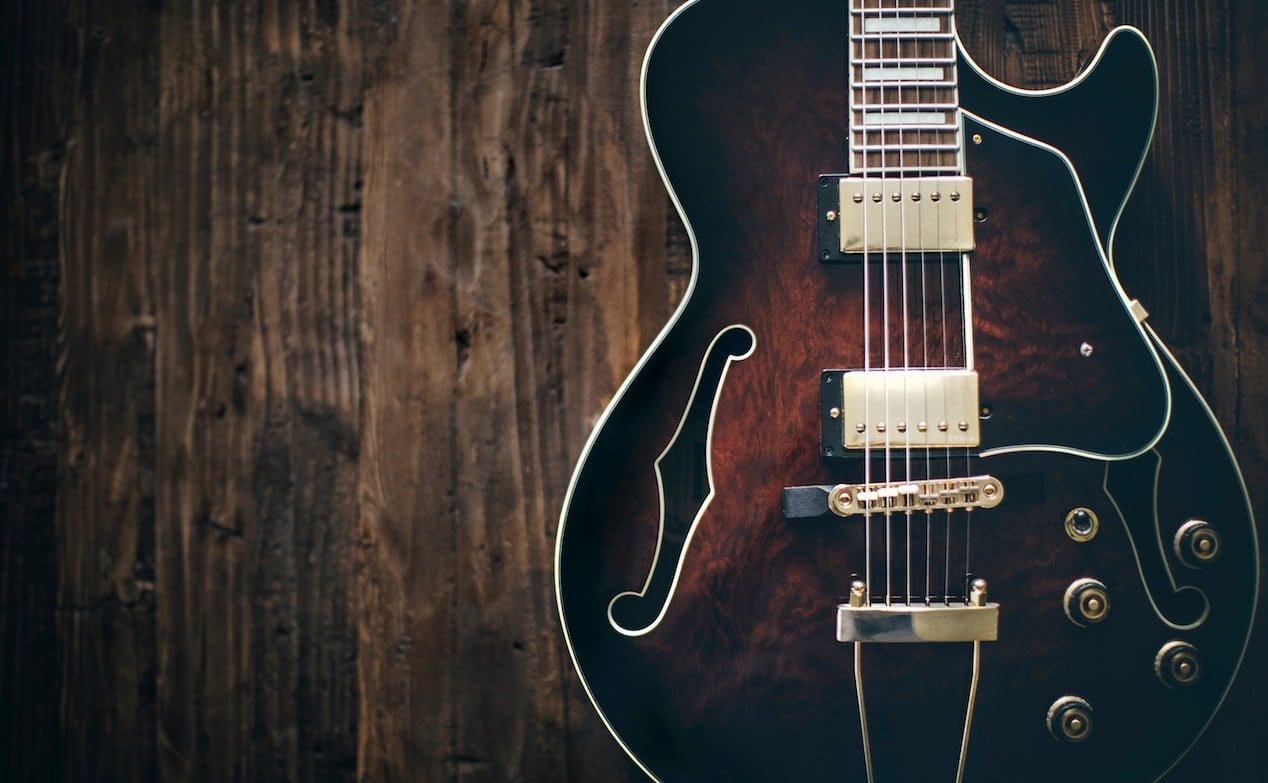
History
As with all things, I think we can’t fully understand a topic till we understand its origins.
The development of these instruments shaped the course of music’s history just as much as the composition of Dafne or Edison’s cylinder phonograph.
Without the innovations that precipitated the hollow and semi-hollow guitars, we’d likely never have experienced rock’n’roll. Blues may not have kicked off as many offshoots as it has, and our entire entertainment landscape would be dissimilar to what it is today.
Hollow Body
For guitars to keep up with the raucous brass sections during the roaring days of big band jazz, something had to change—mics just weren’t cutting it, and unplugged? Fuggedaboutit!
At the time—we’re talking late 1920s to the early 1930s now—pickups in and of themselves weren’t exactly new, but finding a way to effectively amplify a guitar with them was still a challenge.
Attempts had been made, but it wasn’t until George Beauchamp tackled the problem that we saw any great strides toward a practical electric guitar.
Beauchamp’s horse-shoe pickups really kicked the electric guitar race off, and for a while, he and his Rickenbacker co-founders were in the lead. Not only did they produce the first commercially successful electrified guitar in their aluminum “Frying Pan” model, but their team’s debut signature model may have been the first true hollow body as well.
This was the Electro-Spanish Ken Roberts, a laminate mahogany concert-style body acoustic fitted with a Beauchamp pickup, a neck with seventeen frets clear of the body, and even a rudimentary tremolo bridge. There were around 200 of these made between 1935 and 1940, with only about 10 known to this day.
Gibson was hot on the heels of Rickenbacker and released the venerated ES-150 in 1936. To electrify this model, Gibson used the bar-style pickup devised by Guy Hart for their earlier Hawaiian lap steel models.
With its strong, clear sound, the ES-150 became a big success right after its release, largely thanks in part to influential jazz guitarist and early ES-150 owner, Charlie Christian, whose namesake would in following years be these same Gibson bar-style “Charlie Christian” pickups.
By the early 40s, the electric guitar had started to solidify its place in the jazz ensemble and secured its hold on music’s unfolding history.
Though hollow body electrics would soon come to be overshadowed by the louder, cleaner semi-hollow and solid body guitars looming just over the horizon, they’ve maintained a respectable position in many genres since their inception.
New models are continually released, though the vintage series—Gibson’s Electric Spanish, Gretsch’s Electromatics, Epiphone’s Casino—are still, and perhaps will always be, the most highly esteemed.
Semi-Hollow Body
The very first semi-hollow body guitar appeared only a few years after Gibson’s ES-150 issue, but it wouldn’t be until nearly two decades later that the six-string variant would be given its due attention.
Though rather primitive in construction, Les Paul’s 1939 handmade guitar dubbed “The Log” was the premier semi-hollow electric. Its conception was the result of the feedback fatigue Paul had been experiencing during his many radio performances and recording sessions.
He had tried filling his hollow body with plaster of Paris, crafting a guitar from a metal beam, and probably several other experimental feedback killers before landing on the idea for The Log.
This custom guitar was called The Log because of the four-by-four board that ran down the center of its body. To this post, Paul attached a neck and the sawn-off hollow wings of an Epiphone archtop. As was hoped, the solid center block cut back on the harsh whines Paul had been aiming to fend off.
Les, believing he’d really hit upon something special, presented The Log to Gibson in 1941, but was essentially laughed out of the building. Gibson’s guitars, for the time being, would continue the hollow body tradition—that is, until Fender released the first solid body electrics in 1950.
Fender’s introduction of the Broadcaster model shook up Gibson’s game entirely, and they quickly took on Leo Fender and Ted McCarty as designers to reconfigure The Log into a reputable solid body.
This gave rise to the Gibson Les Paul, which helped the company resecure its place in the industry. Though it strayed rather far from Paul’s original prototype, it quickly became a rock music icon.
Still, a semi-hollow electric would have to wait.
Then, a whole sixteen years after Les Paul first showed his Log to Gibson, McCarty took a second look at Paul’s prototype.
In an aim to blend the feedback resistance of solid bodies with the warmth and resonance of hollow bodies, McCarty assembled the1958 Gibson ES-335, the first semi-hollow guitar to hit the big time.
The ES-335 was unique in several ways.
First, in line with The Log, it was constructed with a solid center block between two hollow wings. Second, it was much thinner than all hollow bodies of the time, playing much more like its solid body cousins. Finally, the ES-335 was one of the first electric guitars to feature a pair of humbucking pickups. The product of these factors was a guitar with a tone never-before-heard.
Its reputation bolstered by the LP’s success, the ES-335 was quickly taken up by players of nearly all hit genres of the time. Competitors also took notice, and within a few years of its release, there were semi-hollow body guitars popping up under many different brand names.

Conclusion
All in all, this is still a pretty general overview of hollow body and semi-hollow body guitars. Documenting the full scope of their origin and legacy would easily fill a book, but I feel any budding enthusiast of these instruments will find what’s been covered here a good-enough jumping-off point.
Though these guitars are coming up on their centennial anniversaries, there’s still plenty of room to explore their potential applications. Don’t let anything I’ve said or anything else you’ve heard about the peaks and limits of semi-acoustics discourage you from experimenting—mix things up anytime the inspiration strikes—and we can continue to propel the forward evolution of all things music.
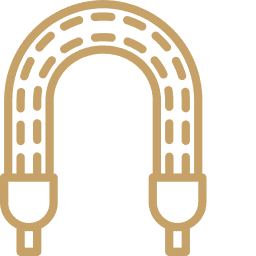
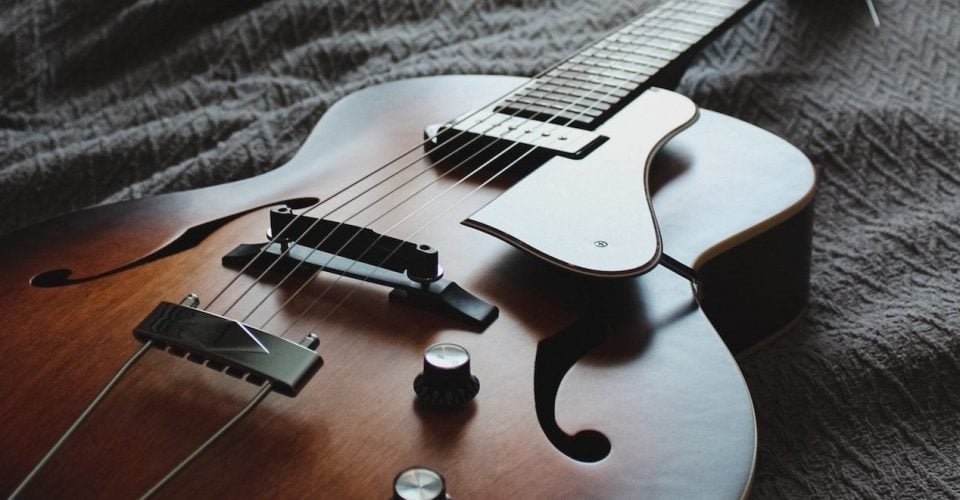
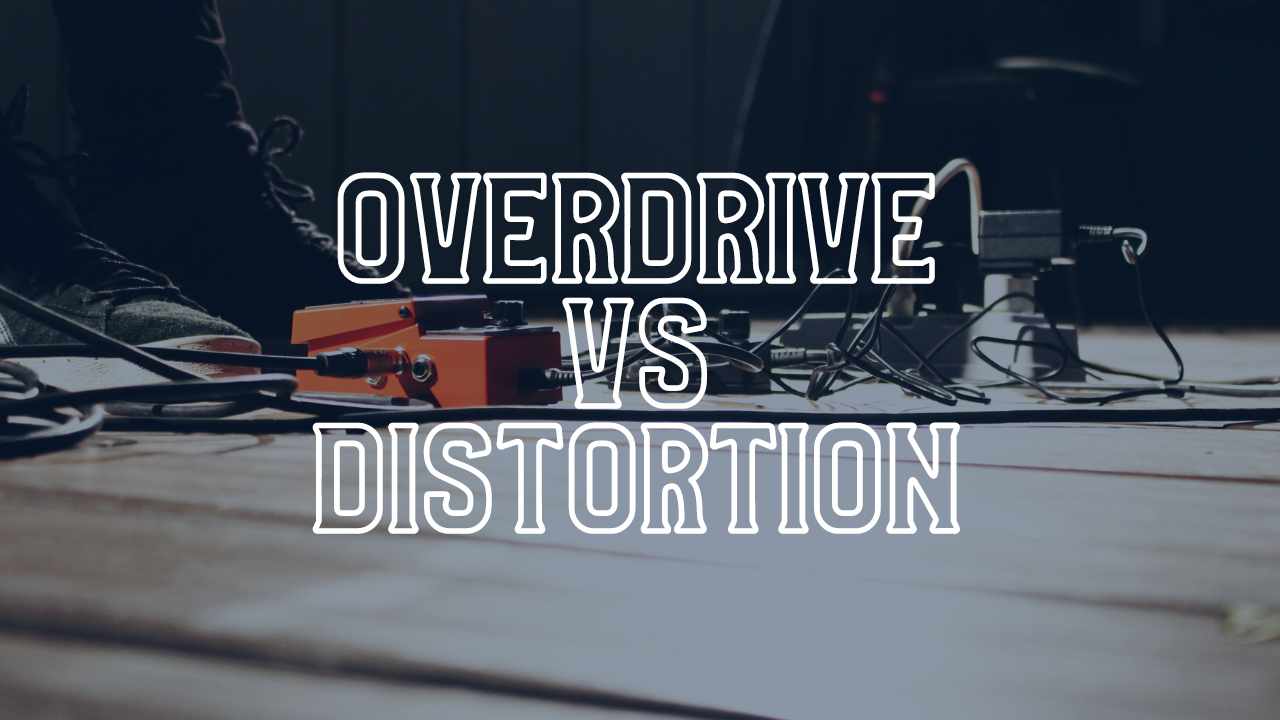
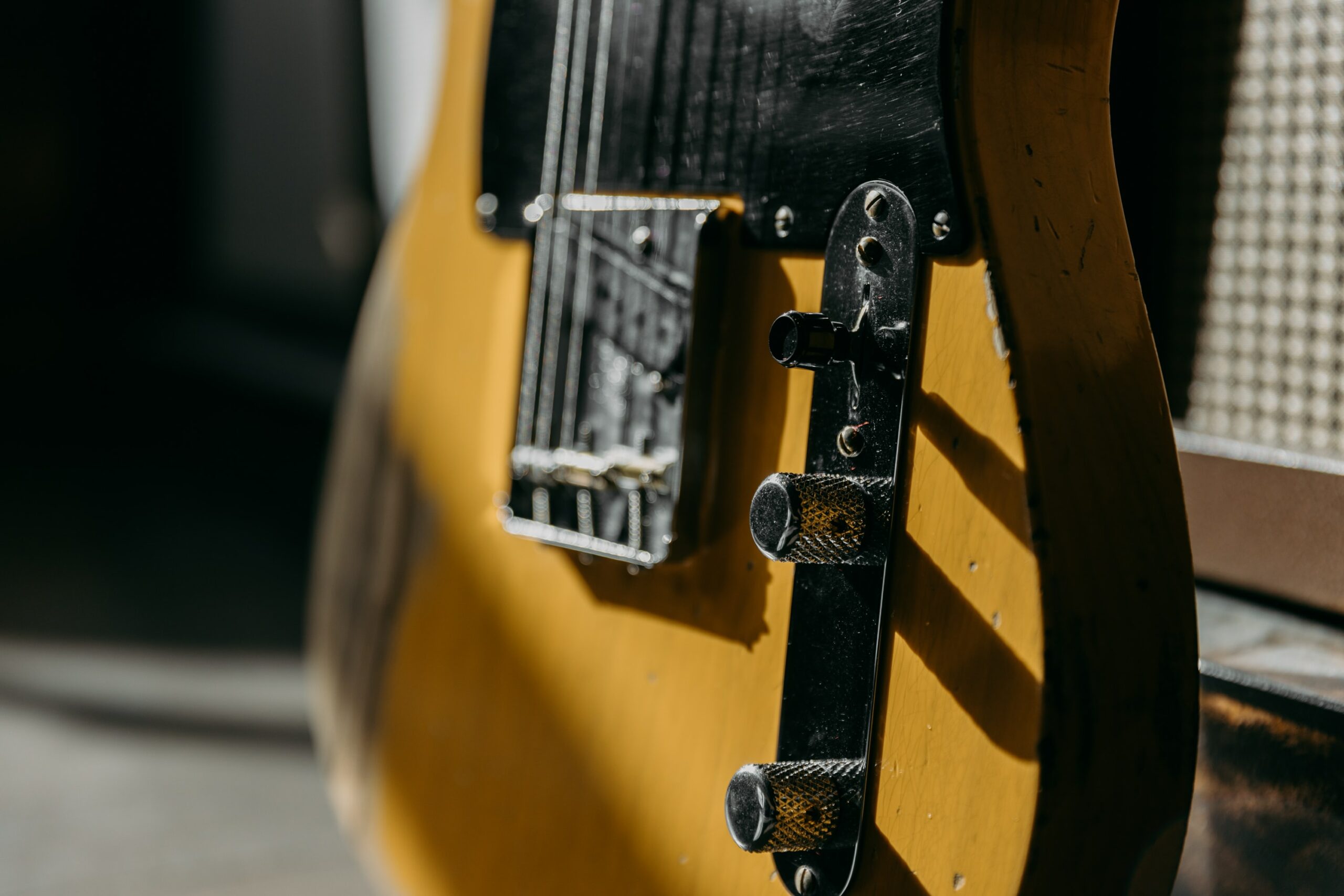
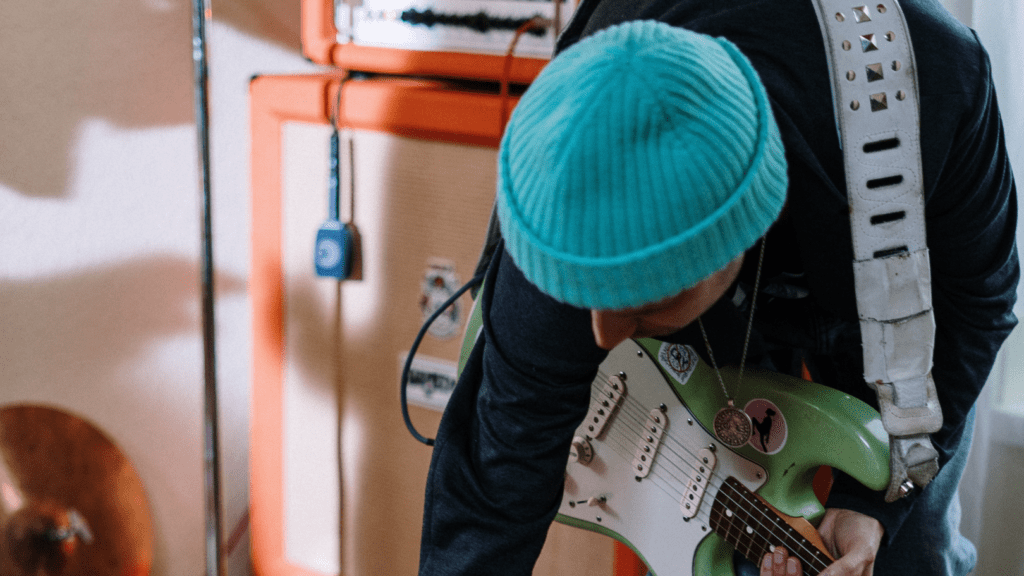
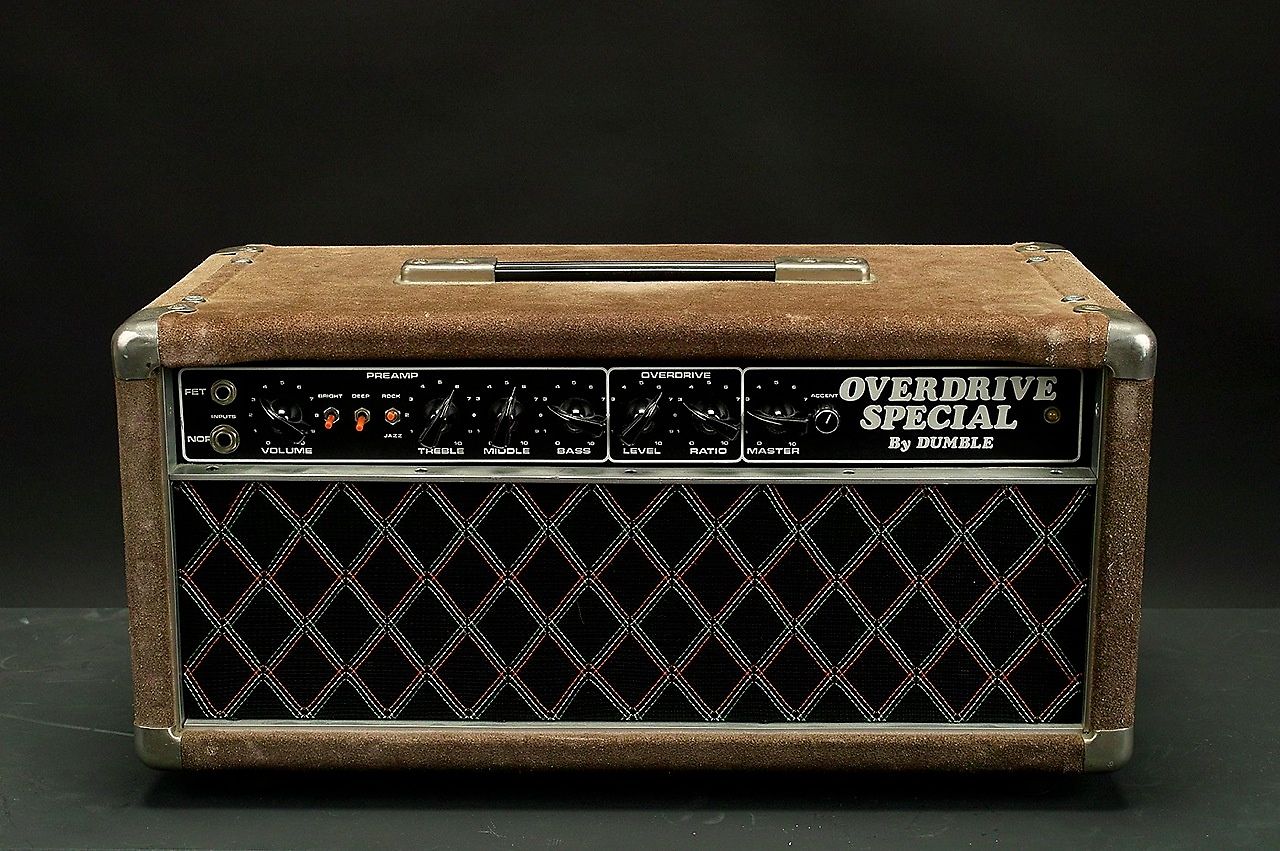
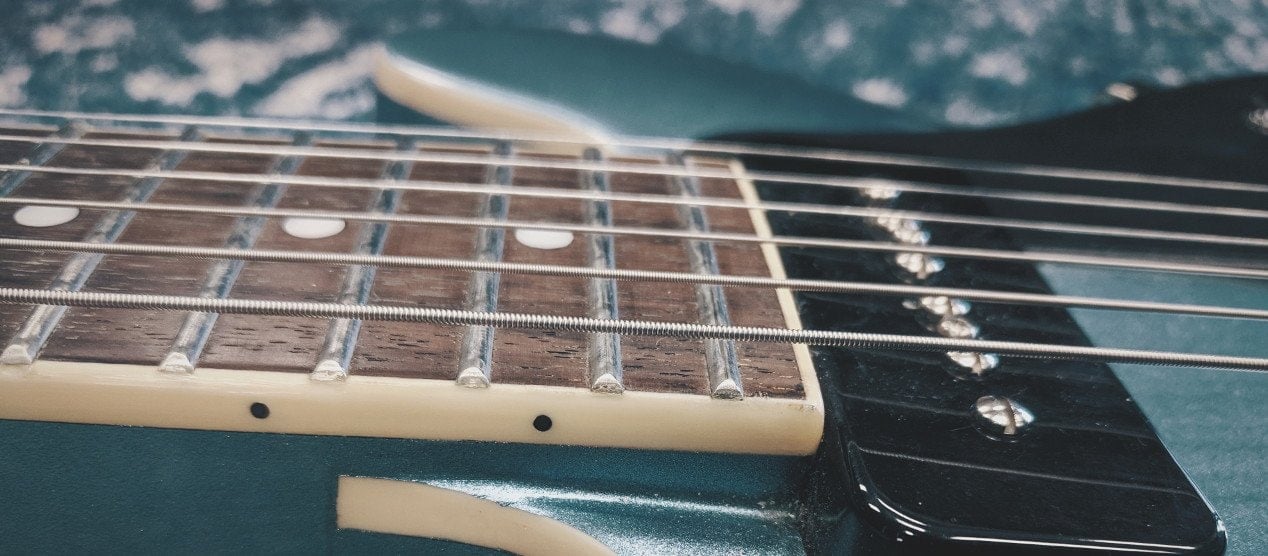
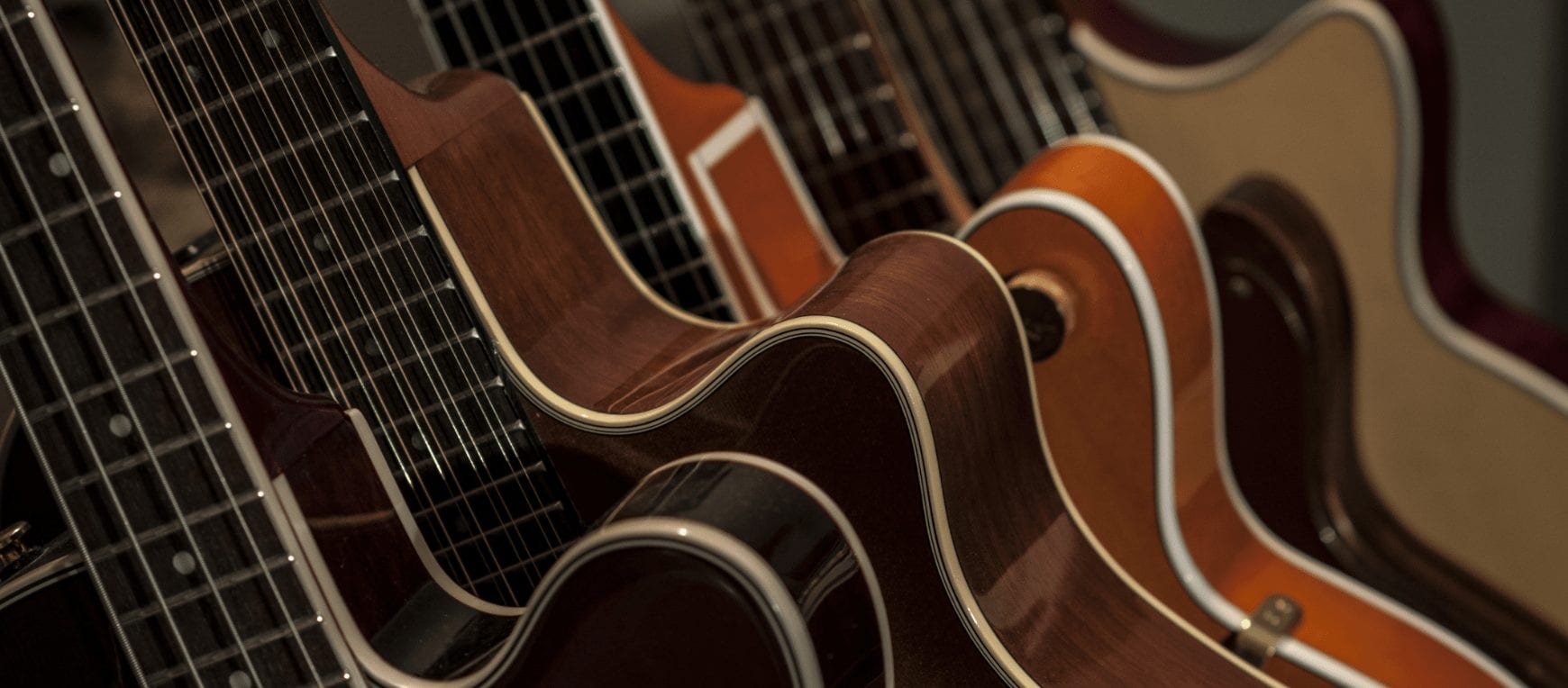
2 Responses
you did not talk about weight is a heaver or lighter one sound best like my strats lighter is better \the ibanez
Artcore Expressionist AMH90 hollowbody duz weihgt make much differance
Wholeheartedly appreciate this effort from Stringjoy team. Information of this article, although you guys claim it as overview, still many people would be able to clearly distinguish between the Hollow body and Smi-hollow body guitars not only in terms evolution but also from the construction and sounding point of views.
I had played quite a few, among them ES- 335 is my favorite. I am an enthusiast myself, recently wrote on my top pick of the Semi-hollow body and hollow body guitar cases, so that interested people might get help who need one. It is published on my blog musicboxessential.com. Hope you guys take a peek and appreciate my effort. Again, I would like to take a chance to thank you for the article, keep up the good job guys!